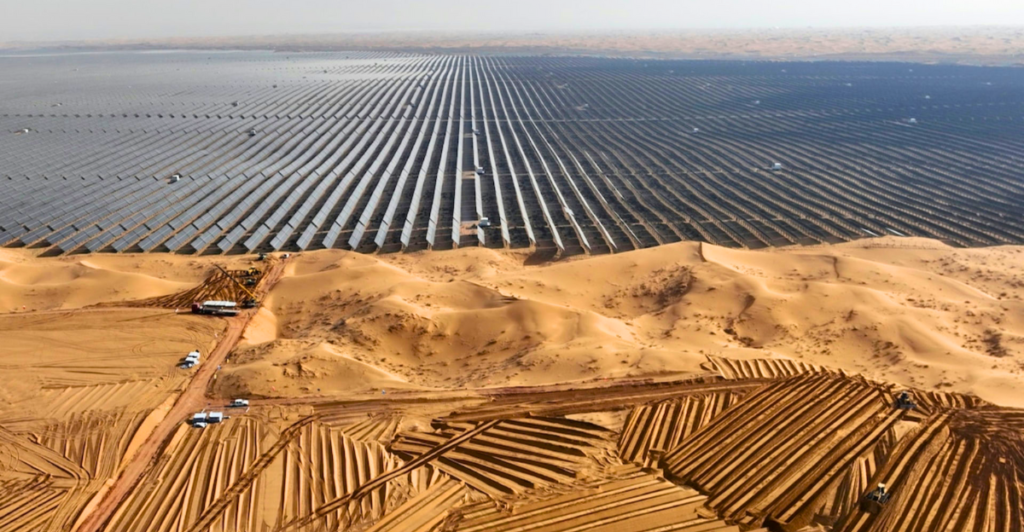
Solar power industry experts have said it is a key piece of the puzzle in combating climate change by providing carbon-free energy sources, offering a cleaner alternative to fossil fuels. However, new studies hint at the potentially high ecological price of large solar panel installations in desert regions. While these projects generate substantial amounts of renewable energy, they also alter local ecosystems in irreversible ways. The following article examines the impacts solar farms have on desert ecosystems and calls for responsible solar development as we transition away from fossil fuels.
Background on Solar Energy and Climate Change
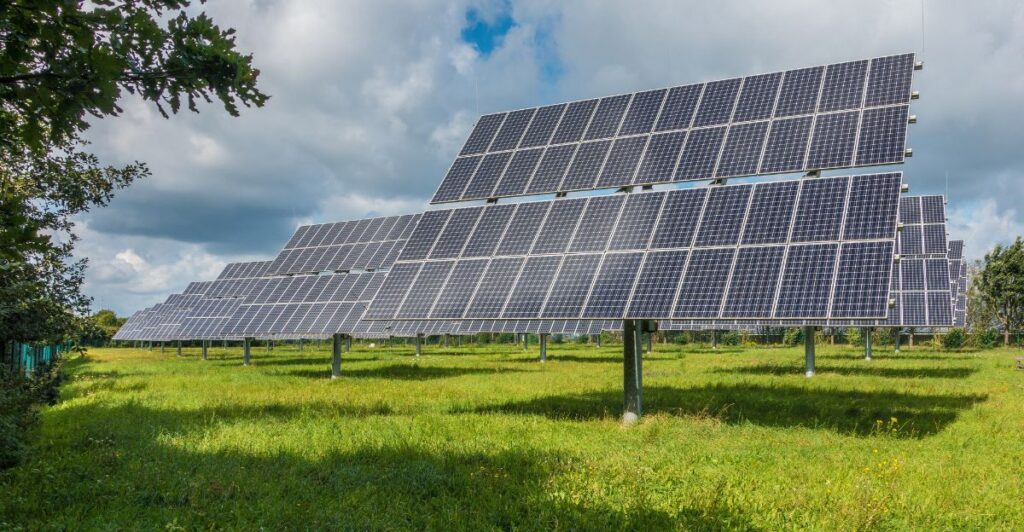
It is well known that fact solar energy is an important weapon in reducing greenhouse gas emissions in the fight against climate change. To meet increasing energy demand while transitioning away from fossil fuels, large-scale solar arrays are being constructed around the world.
The Study: Gonghe Photovoltaic Park
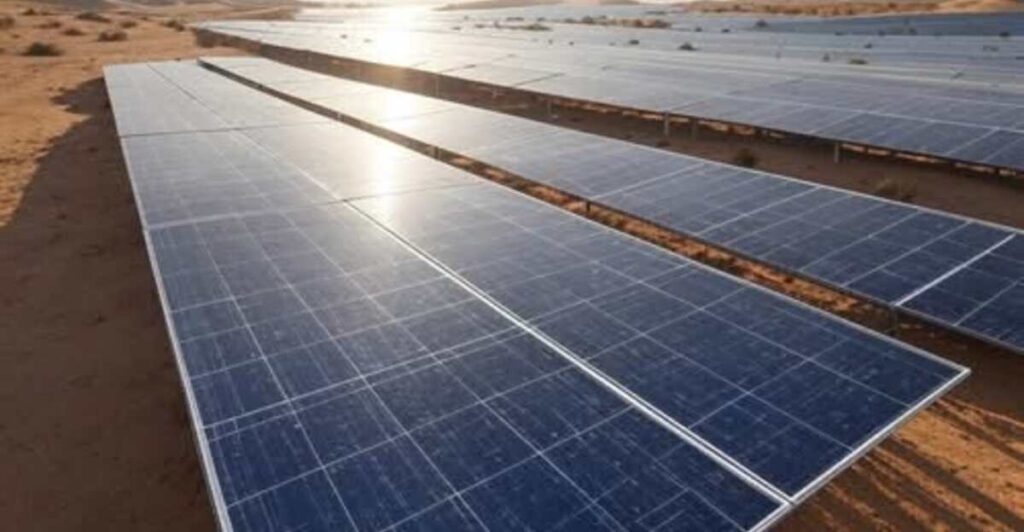
Researchers at Xi’an University of Technology carried out a detailed investigation of the Gonghe Photovoltaic Park in China’s Qinghai Province, one of the world’s largest solar installations. The study examined the effects of covering vast desert areas with solar panels influences the quality of soil, vegetation and regional climate patterns.
Methodology: DPSIR Model
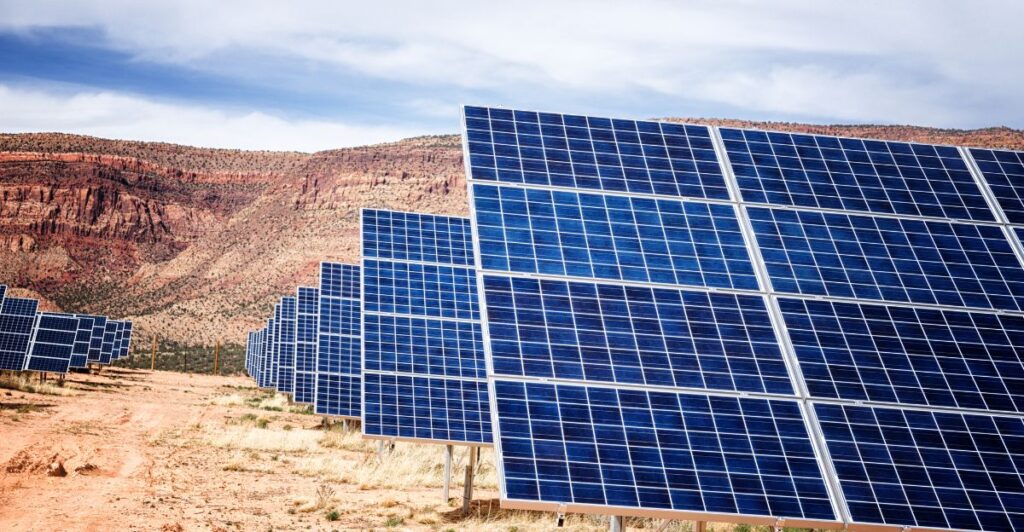
The researchers used the Driving forces-Pressures-State-Impact-Response model (DPSIR), developed by the European Environment Agency to analyze 57 environmental indicators—such as temperature fluctuations, humidity levels, and biodiversity changes.
Key Findings: Changes in Soil Composition
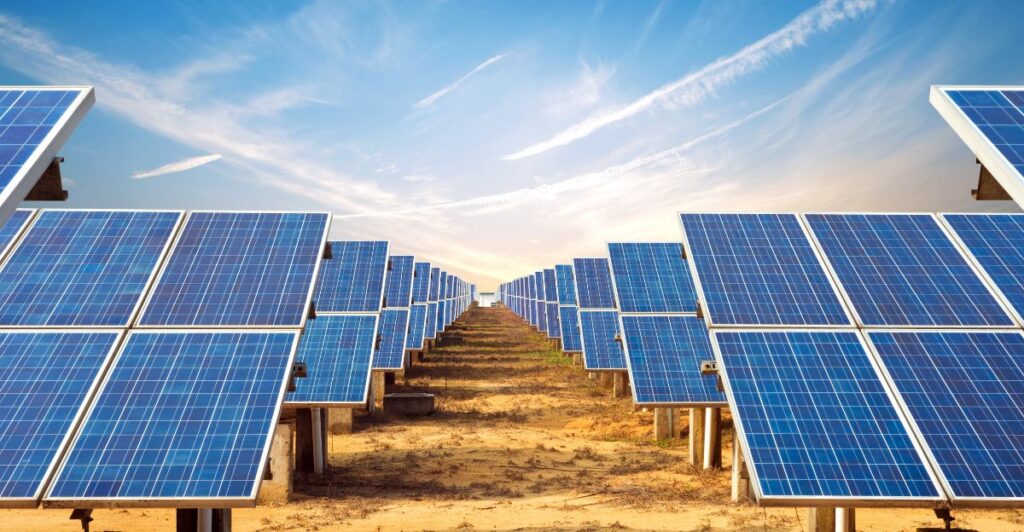
The study found stark differences in soil composition under and around solar panels. Soils directly below the panels demonstrated higher moisture levels because of reduced evaporation caused by the structures’ coverage.
Vegetation Growth Impacts

Although this led to some vegetation growth, it came at a cost elsewhere. These transition zones between solar farms and untouched desert land saw sharp declines in their ecological health as wind and water erosion patterns were altered.
Microclimate Alterations
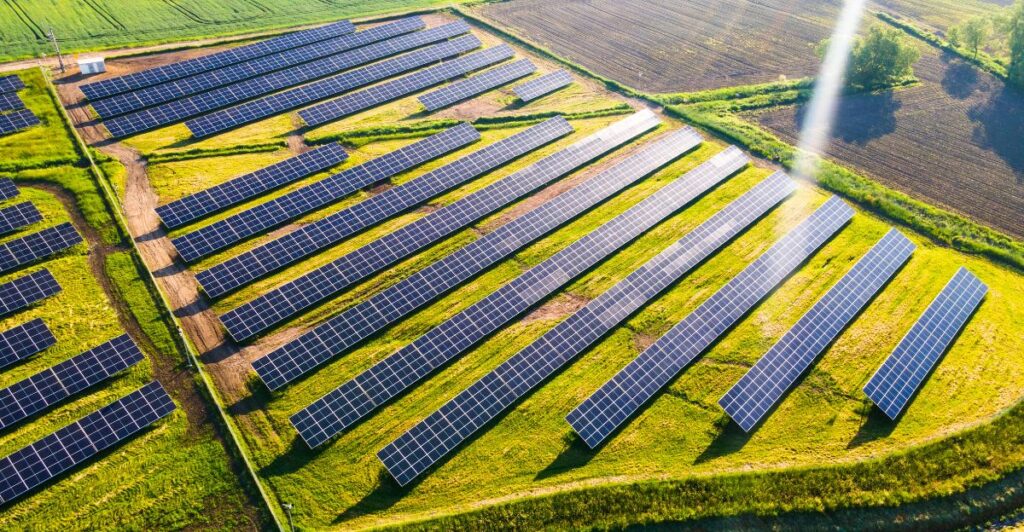
The microclimate created by solar panels changed temperature regulation in ways that had unexpected effects on local plant life. Such changes can interfere with natural processes critical for species’ survival.
Overview of the Ecological Consequences
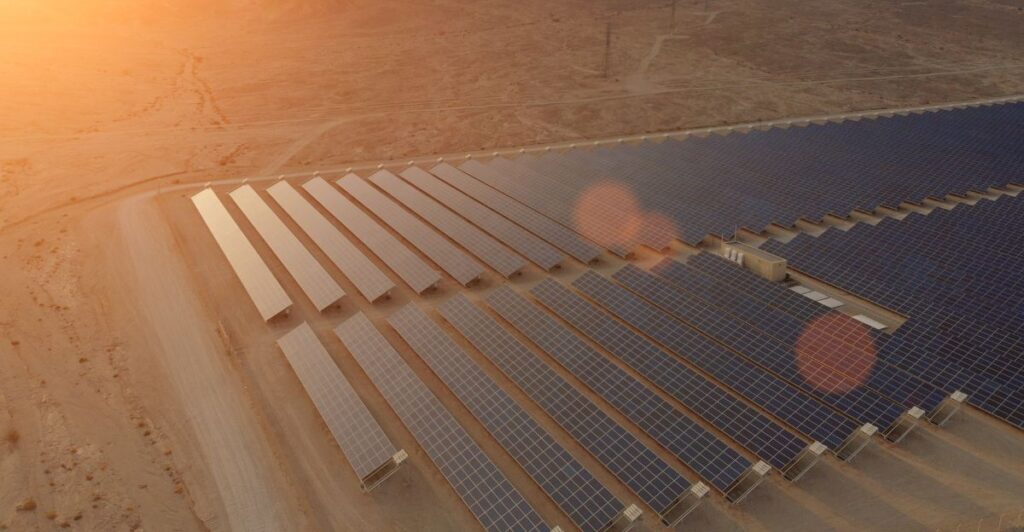
Promoting clean-energy generation without using valuable farmland is appealing; extensive desert-based solar farms disrupt natural processes on a massive scale. This disruption could permanently alter fragile ecosystems where numerous species depend on certain environmental conditions to thrive.
Wildlife Impact: The Disruption of Habitats

The construction of large-scale solar farms can potentially severely impact wildlife by destroying local wildlife habitats. Clearing land changes burrowing animals, while changing light exposure impacts nocturnal wildlife’s behavior. Microclimate changes also may not conductive to the survival of some plants or animals.
Concerns About Long-Term Environmental Impact
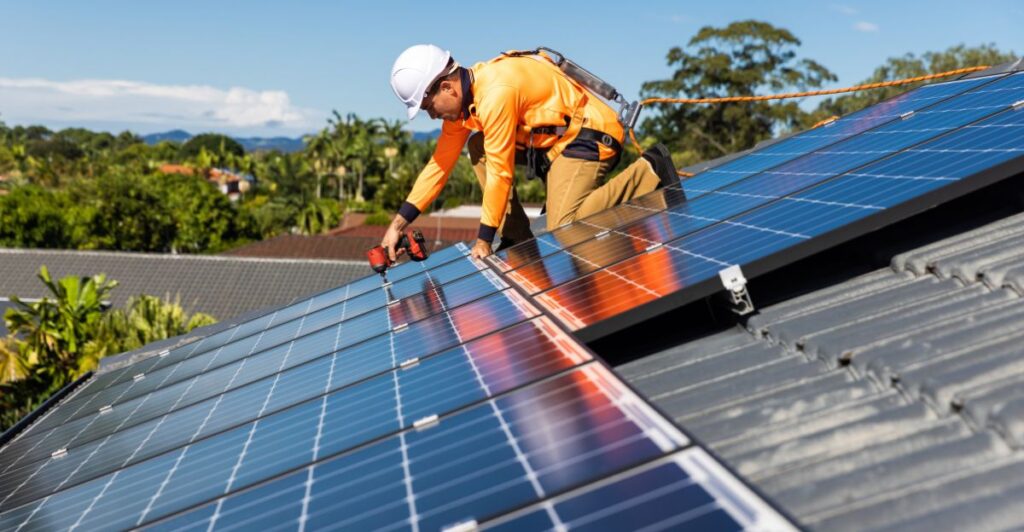
Unlike smaller urban rooftop installations or agrovoltaics (which combine farming with energy generation), massive desert-based projects have long-term ramifications for ecosystems. These effects are usually overlooked until irreversible damage has been done or mitigation plans have been rendered futile.
Recommendations for Sustainable Solar Development
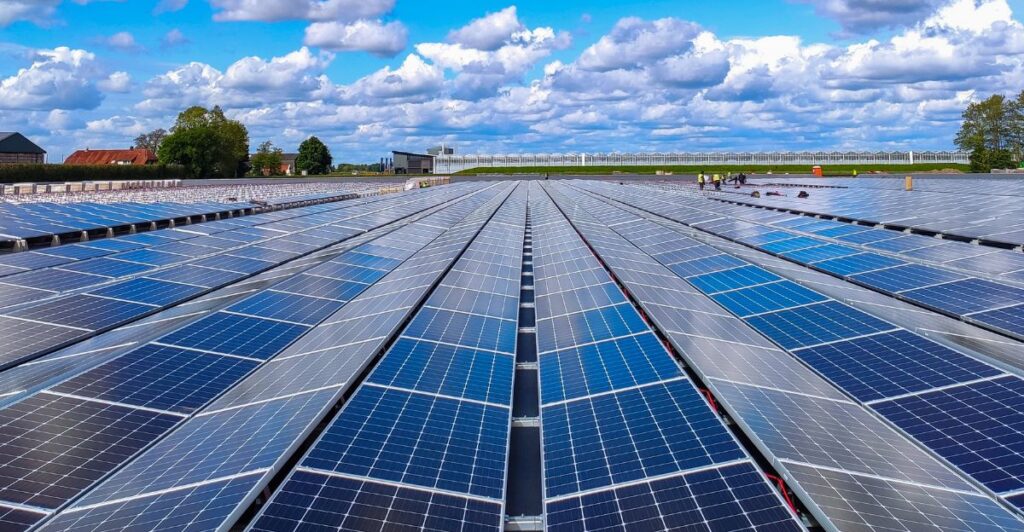
Experts believe that sustainable development relies upon careful site selection, accompanied by continued ecological monitoring. Integrated solutions like agrovoltaics or using existing infrastructure, e.g., rooftops, could help avert some of the risks associated with large-scale desert deployments.
The Global Challenge of Balancing Sustainability and Conservation
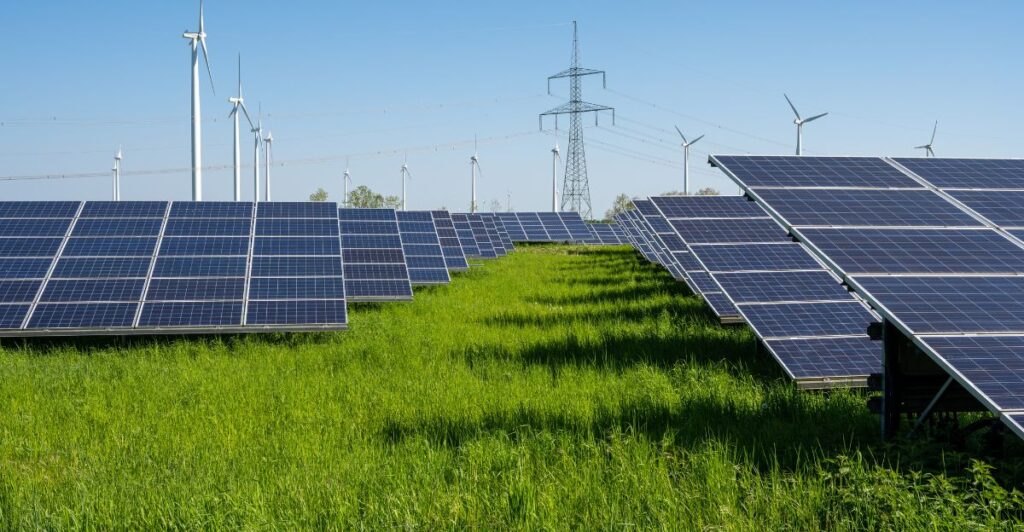
As countries ramp up their efforts against global warming through the large-scale expansion of renewable energies, including photovoltaic systems (which can involve covering entire deserts, as in China, where 25% of the land is covered), there remains an urgent need for balancing sustainability goals alongside preserving ecosystems worldwide.
Rethinking Renewable Energy Strategies
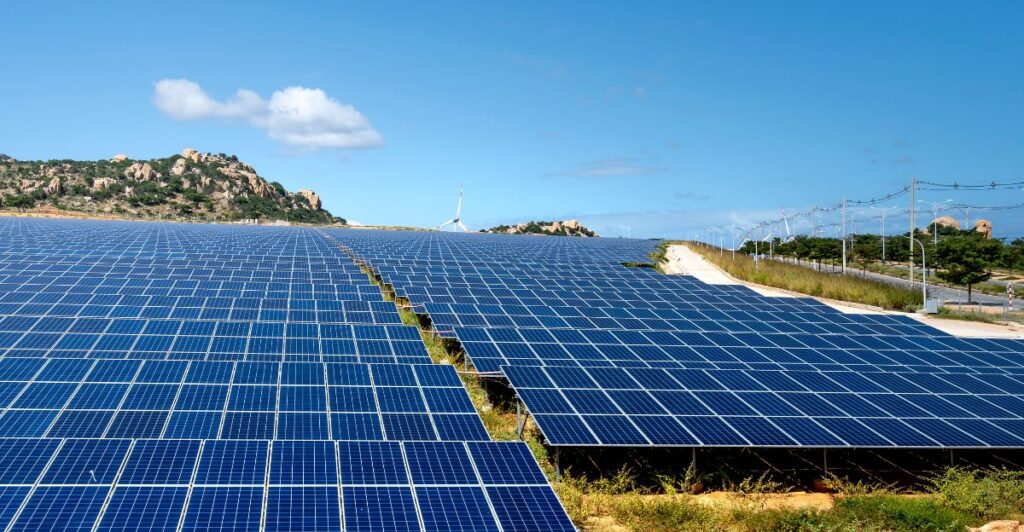
Ultimately, while harnessing clean energy through massive photovoltaic array infrastructure is a powerful concept—thought planning must precede implementation, ensuring we avoid trading one environmental crisis for another, inadvertently damaging nature irreparably.
Considering The Ecological Consequences
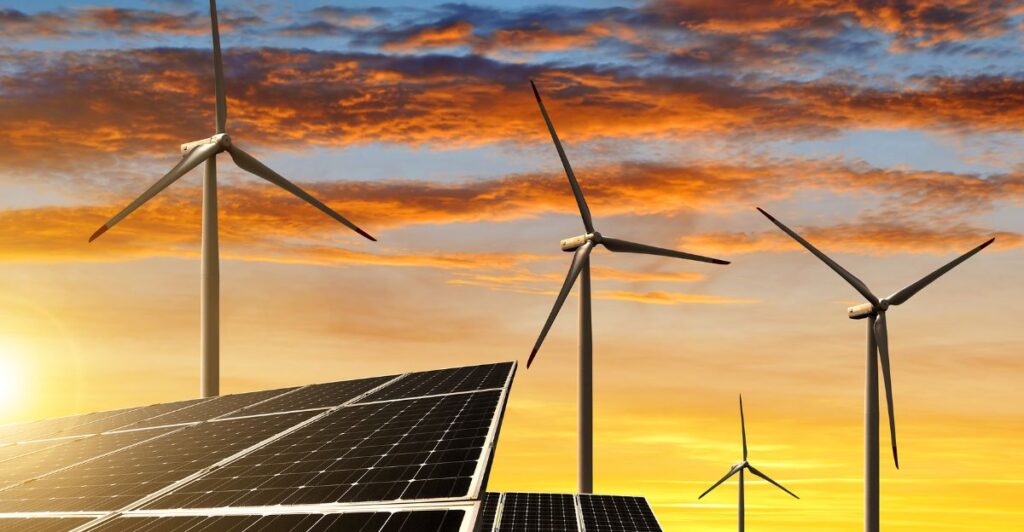
In conclusion, while transitioning towards alternative energy sources is crucial, their implementation must be carefully undertaken with an awareness of both their potential advantages as well as unintended ecological consequences across sensitive arid landscapes worldwide.
Discover more of our trending stories and follow us to keep them appearing in your feed

Philanthropist Promises To Cover $771.23M Annually After US Exit From Climate Accords
The Real Cause Behind Los Angeles’ Devastating Wildfires
The War on Cows Is Over—And Green Extremists Have Lost
Climate Change Overestimated? New Data Shows Oceans Are Cooling The Planet Faster Than Predicted
References:
Reference 1
Reference 2
Reference 3
This article first appeared here
Stay connected with us for more stories like this! Follow us to get the latest updates or hit the Follow button at the top of this article, and let us know what you think by leaving your feedback below. We’d love to hear from you!







